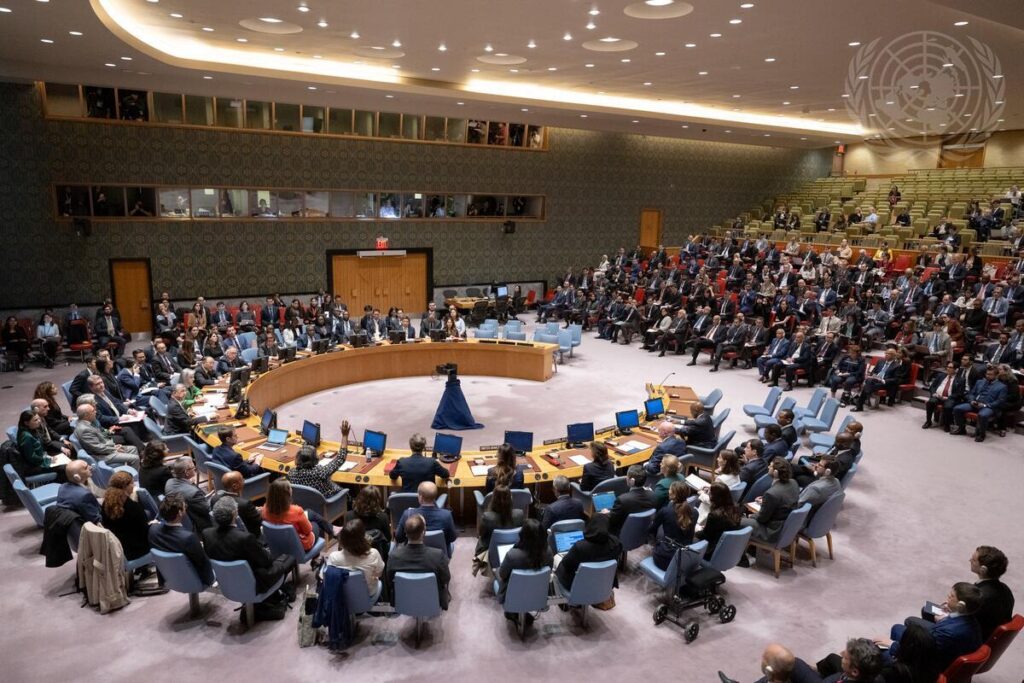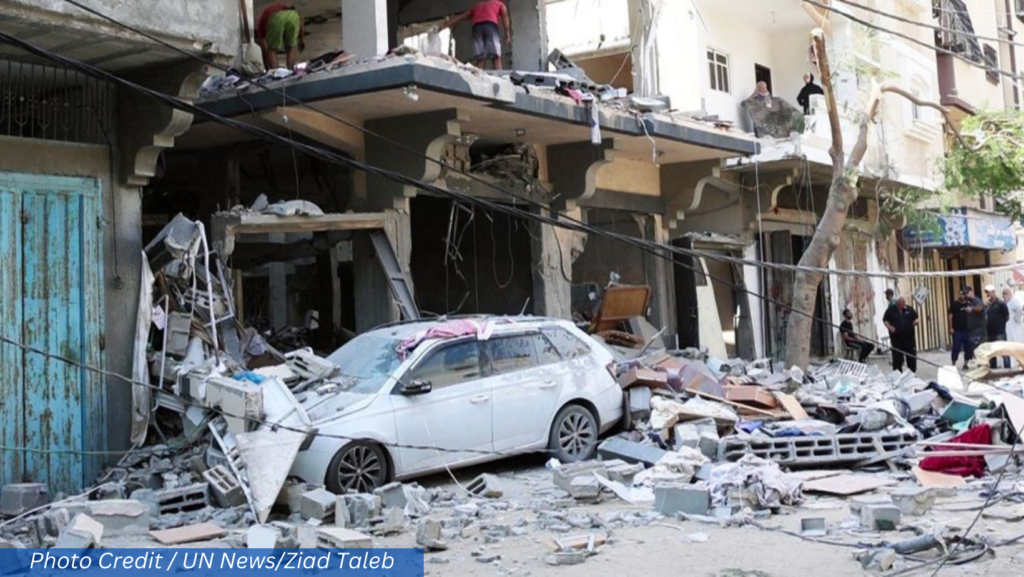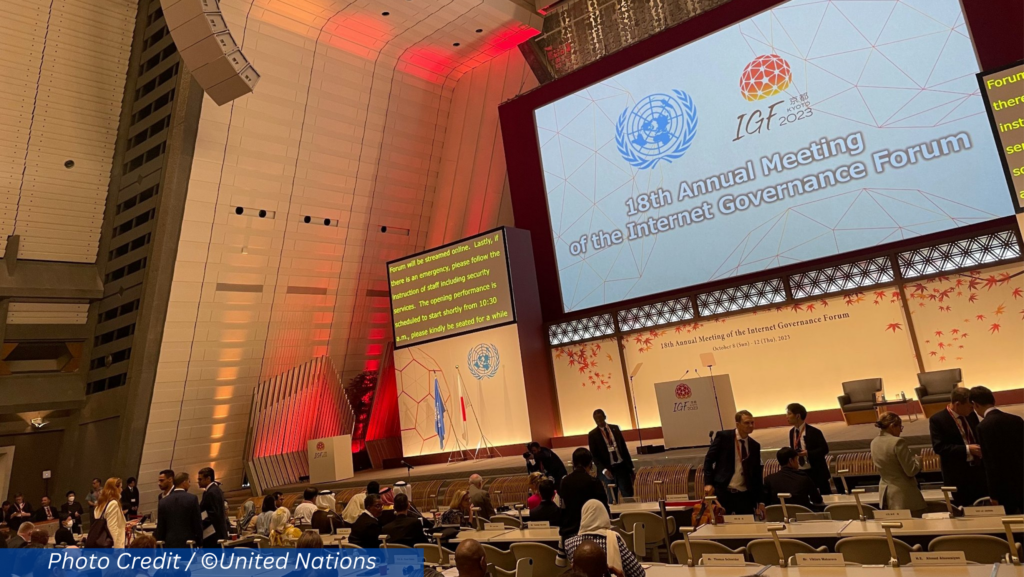UPDATE: UN General Assembly calls for humanitarian truce in Israel-Gaza war
New York, October 27 – The UN General Assembly voted overwhelmingly a resolution calling for an “immediate, durable and sustained humanitarian truce” after reports showed that at least 6,500 Palestinians have been killed in the 21 days of war between Israel and Palestinian Hamas militants and 1.4 million people have been displaced in Gaza.
The resolution was presented to the 193-nation assembly as it was holding a second day of debate on the war with the power to act under the Uniting for Peace mandate after the UN Security Council failed its responsibility over world peace and security. The resolution said the humanitarian truce should be followed by a cessation of hostilities.
A total of 120 countries voted in favor while 14 countries voted against and 45 abstained. The assembly took the decisive vote after rejecting, with vote of 88-55, a demand by Canada to insert an amendment into the resolution.
The amendment demanded that the resolution “Unequivocally rejects and condemns the terrorist attacks by Hamas that took place in Israel starting on 7 October 2023 and the taking of hostages, demands the safety, well-being and humane treatment of the hostages in compliance with international law, and calls for their immediate and unconditional release;“
The assembly decided to hold the emergency session under its annual agenda item known as the Illegal Israeli actions in Occupied East Jerusalem and the rest of the Occupied Palestinian Territory.
The adopted resolution calls on “all parties immediately and fully comply with their obligations under international law, including international humanitarian law and international human rights law, particularly in regard to the protection of civilians and civilian objects, as well as the protection of humanitarian personnel, persons hors de combat, and humanitarian facilities and assets, and to enable and facilitate humanitarian access for essential supplies and services to reach all civilians in need in the Gaza Strip.”
It also calls for rescinding the order by “Israel, the occupying Power, for Palestinian civilians and United Nations staff, as well as humanitarian and medical workers, to evacuate all areas in the Gaza Strip north of the Wadi Gaza and relocate to southern Gaza…”
It expresses “grave concern at the latest escalation of violence since the 7 October 2023 attack and the grave deterioration of the situation in the region, in particular in the Gaza Strip and the rest of the Occupied Palestinian Territory, including East Jerusalem, and in Israel;”
It condemns “all acts of violence aimed at Palestinian and Israeli civilians, including all acts of terrorism and indiscriminate attacks, as well as all acts of provocation, incitement and destruction;”
Lynn Hastings, the UN Humanitarian Coordinator for the Occupied Palestinian Territory, said in a briefing in Geneva that “all humanitarian assistance and humanitarian issues have to be unconditional. “
“We all know there are more than 200 hostages in captivity, and they need to be released immediately and unconditionally,” Hastings said. “The same goes for humanitarian assistance going into Gaza. It has to be able to reach civilians unconditionally.”
Hastings cited reports by the Ministry of Health in Gaza that at least 6,500 Palestinians have been killed in the past 21 days, 17,000 are injured, 68 per cent of those are children and women.
He said 53 staff of the UN relief agency in Gaza have been killed. “And these are the people who are out there trying to deliver services in these extremely difficult circumstances. It is they, that we really need to be paying tribute to,” he said.
UN Security Council fails to find unified solution
The 15-nation UN Security Council, the highest authority in the UN system over world peace and security issues, has so far failed to adopt a unified response to the Israeli-Hamas conflict. Political differences and vetoes cast by the US on one side, and Russia and China on the other, have crippled the council since war erupted on October 7. Those three countries, France and the United Kingdom are permanent members of the council with the power to cancel a resolution with a veto.
China and Russia on October 25 vetoed a draft resolution sponsored by the United States. Russia submitted a second draft resolution calling for a humanitarian ceasefire, but both failed to get the necessary nine votes to pass.
Ten members of the council voted for the US draft resolution and three against (China, Russia and UAE), with two abstentions (Brazil and Mozambique).
On October 18, the United States vetoed a Brazil-backed resolution that called for the delivery of humanitarian assistance to people in Gaza because it failed to recognize Israel’s right to self-defense even though 12 of the council’s 15 members voted in favor. Russia and the United Kingdom abstained.
The council’s voting rules call for nine countries to vote in favor to pass a resolution, provided there is no veto from any of the five permanent members – the U.S., Russia, United Kingdom, France and China.
U.S. Ambassador Linda Thomas-Greenfield said she cast the no vote because the resolution failed to “mention Israel’s right of self-defense. Israel has the inherent sight of self-defense as reflected in Article 51 of the UN Charter.”
But Thomas-Greenfield said the U.S., despite its veto, will continue to work closely with all council members on the crisis, “just as we will continue to reiterate the need to protect civilians, including members of the media, humanitarian workers, and UN officials.”
“Yes, resolutions are important, and yes, this Council must speak out. But the actions we take, must be informed by the facts on the ground and support direct diplomacy that can save lives,” she said.
The U.S. veto, which voided the resolution submitted by Brazil, came after the council rejected on October 16 a Russia-backed resolution on Israel-Gaza war, which called for a humanitarian ceasefire in Gaza, release of all hostages, aid access and safe evacuation of civilians. Only five countries – China, Gabon, Mozambique, Russia and the United Arab Emirates – voted in favor. Four countries – France, Japan, the United Kingdom and the United States – voted against and six abstained, they are Albania, Brazil, Ecuador, Ghana, Malta, and Switzerland. (By J. Tuyet Nguyen)
United Nations correspondent journalists – United Nations correspondent journalists – United Nations correspondent journalists – United Nations journalism articles – United Nations journalism articles – United Nations journalism articles – United Nations News – United Nations News – United Nations News
UPDATE: UN General Assembly calls for humanitarian truce in Israel-Gaza war Read More »





